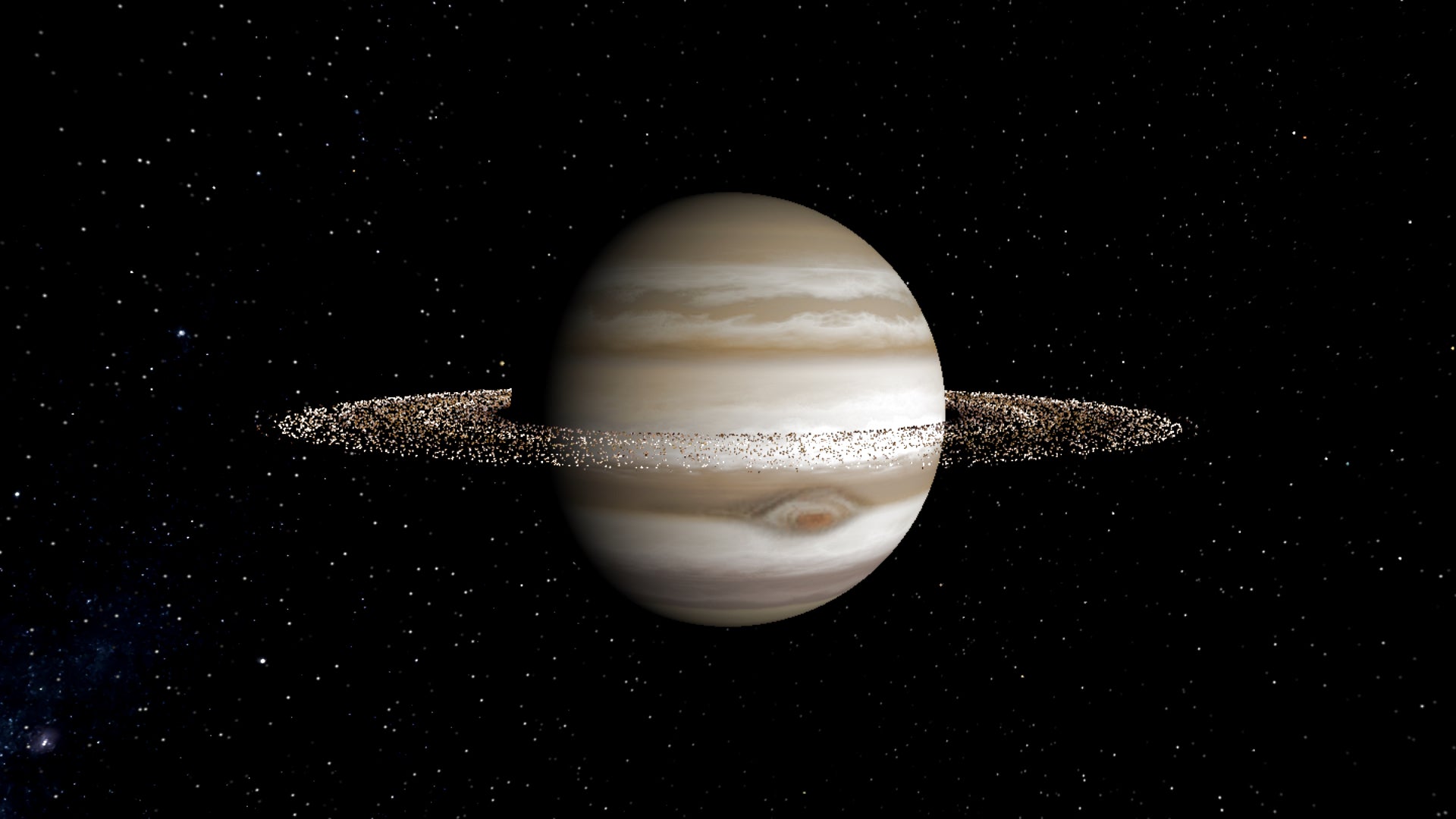China will launch two spacecraft to Jupiter and Uranus to study the origins of the solar system
The mission, Tianwen 4, will send a probe to Callisto, Jupiter’s second largest moon after circling Earth and Venus

Your support helps us to tell the story
From reproductive rights to climate change to Big Tech, The Independent is on the ground when the story is developing. Whether it's investigating the financials of Elon Musk's pro-Trump PAC or producing our latest documentary, 'The A Word', which shines a light on the American women fighting for reproductive rights, we know how important it is to parse out the facts from the messaging.
At such a critical moment in US history, we need reporters on the ground. Your donation allows us to keep sending journalists to speak to both sides of the story.
The Independent is trusted by Americans across the entire political spectrum. And unlike many other quality news outlets, we choose not to lock Americans out of our reporting and analysis with paywalls. We believe quality journalism should be available to everyone, paid for by those who can afford it.
Your support makes all the difference.China will launch two craft towards Jupiter and Uranus as part of a single mission in 2030.
The mission, dubbed Tianwen 4, will send the two probes on a Long March 5 rocket by a flyby around Venus and two flybys past Earth to build up enough momentum to send the craft on its course.
The details, presented at the International Astronautical Congress 2022 by Wang Qiong of the China National Space Administration’s (CNSA) Lunar Exploration and Space Engineering Centre, will help humans understand the outer moons around Jupiter, although specific targets are still debated.
"The scientific goals are still under consideration," Mr Wang told Space.com. It is possible that China would focus on Callisto, Jupiter’s second largest moon, or some of the stranger satellites around the planet that would reveal how the solar system first developed.
The Chinese space agency was previously considering a lander as part of the mission to Callisto, but latest concepts do not include it, Mr Wang added.
The missions, alongside the plan for an International Lunar Research Station, aims to "promote the utilization of human resources to create a new pattern of international cooperation in space exploration to make contributions to the peaceful use of space."
China and Russia are building the station together, but have said that it will be international and “open to all interested countries”.
Though no timeline is accorded to the project, the lunar science station is being envisioned as a “complex of experimental and research facilities created on the surface and/or in orbit of the moon”. It is expected that it will be completed in the 2030s.
China is also planning missions to our own Moon, having discovered a mineral in samples of rock that could provide energy on Earth.
Last week, state media announced the discovery of Changesite-(Y), a phosphate mineral containing helium-3 that could prove to be a valuable lunar resource. It is the sixth mineral to be found by humans on the Moon.



Join our commenting forum
Join thought-provoking conversations, follow other Independent readers and see their replies
Comments